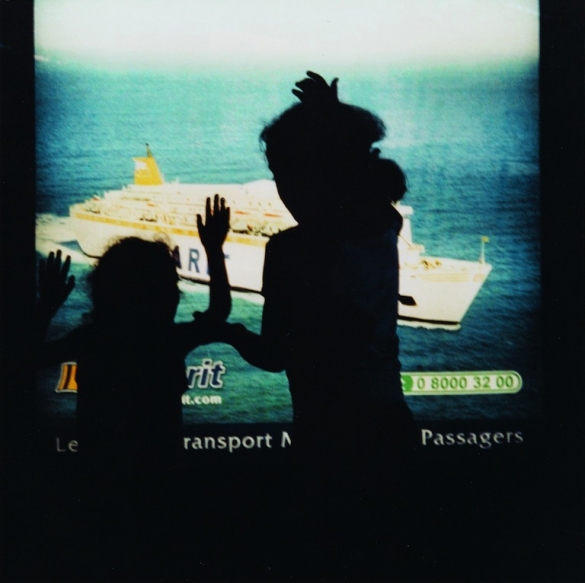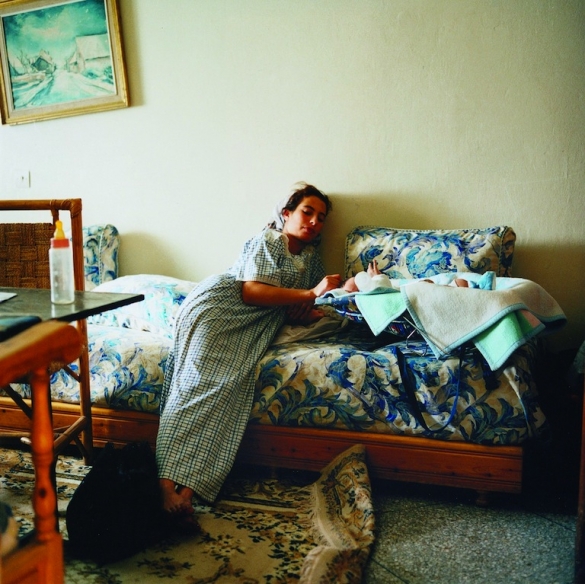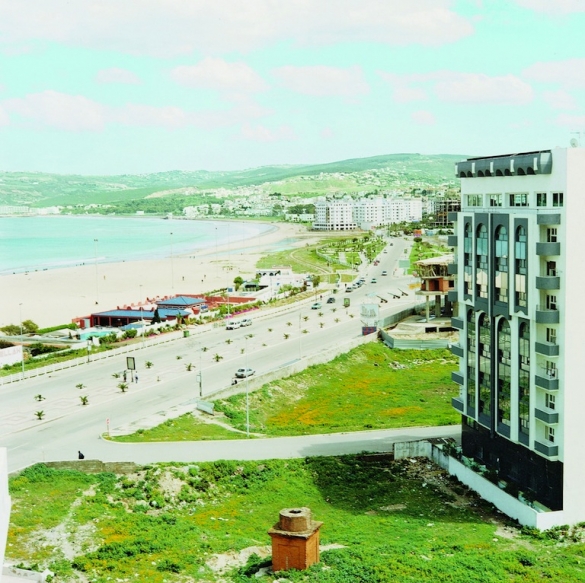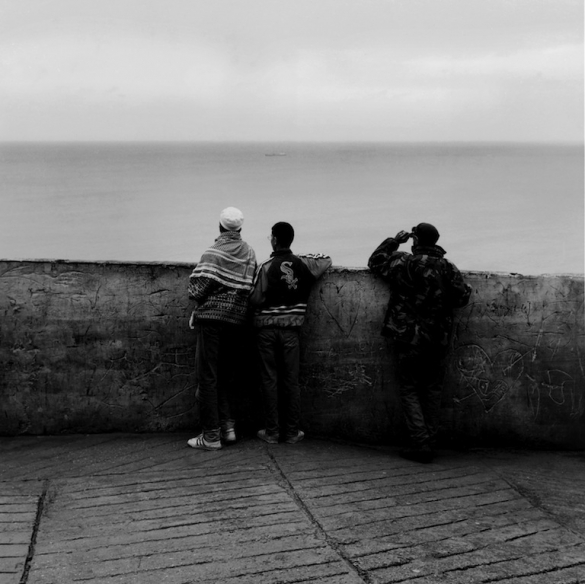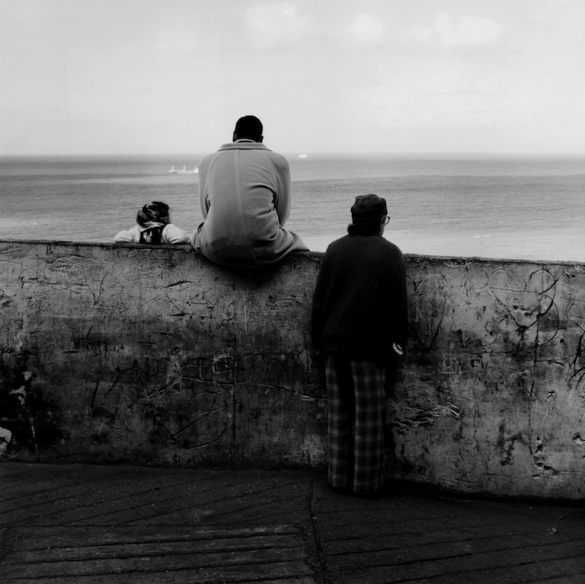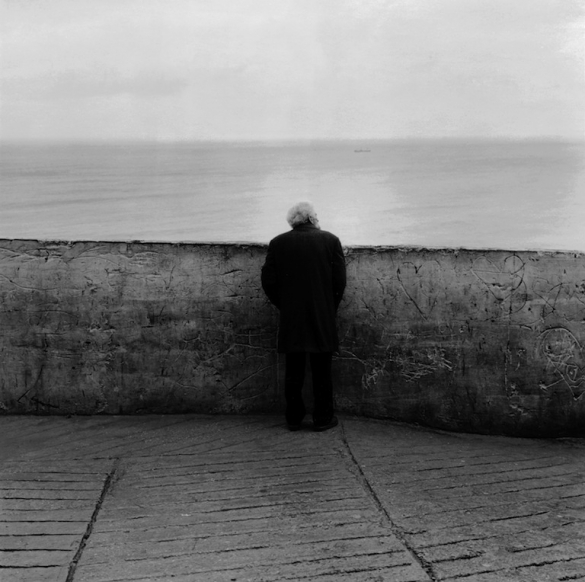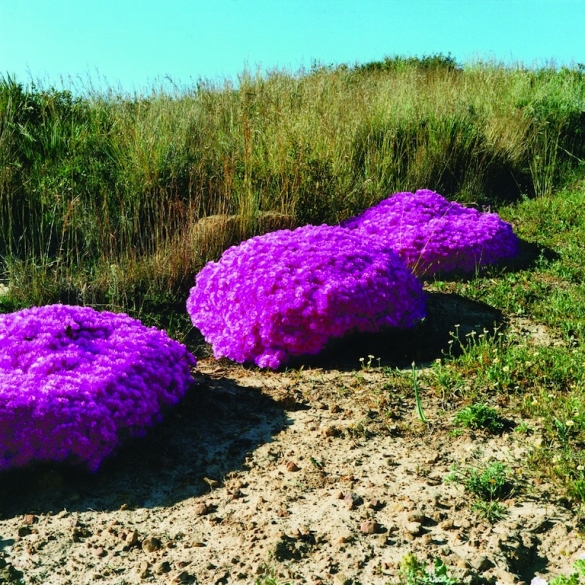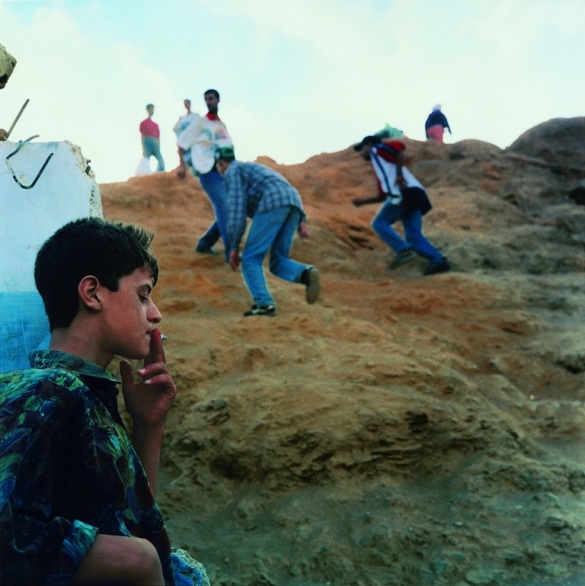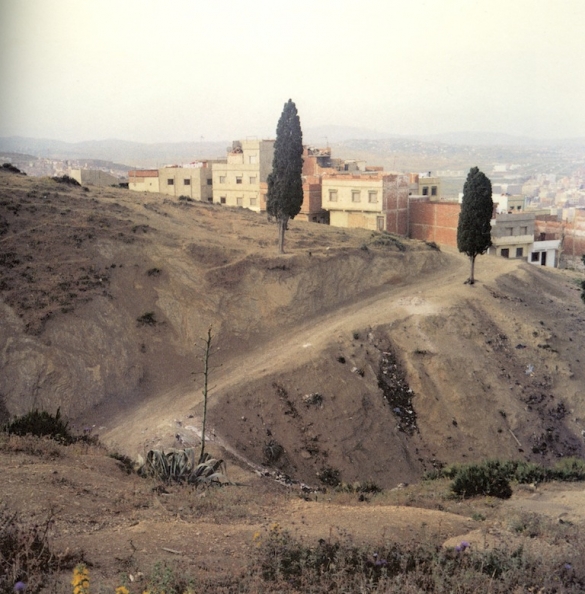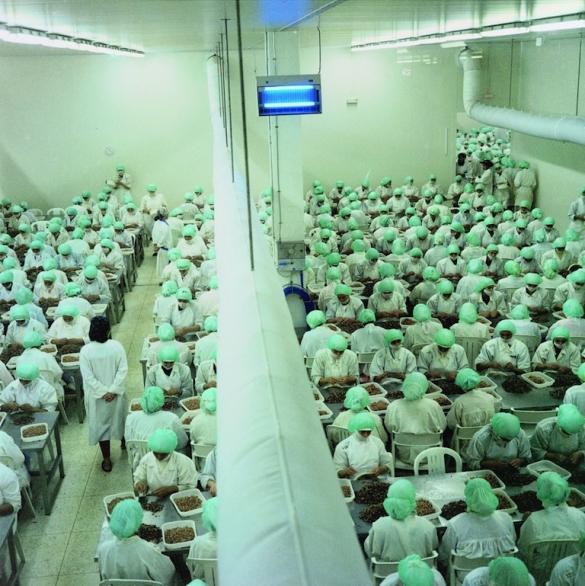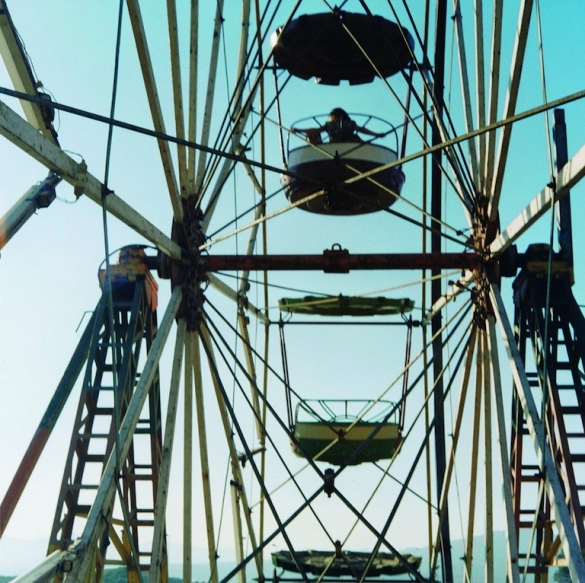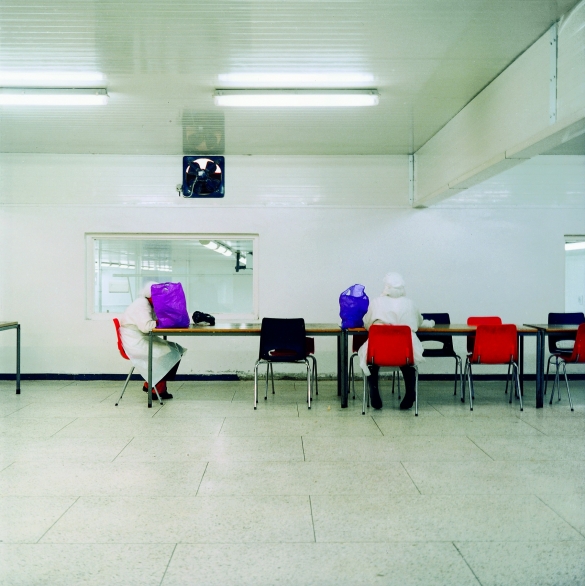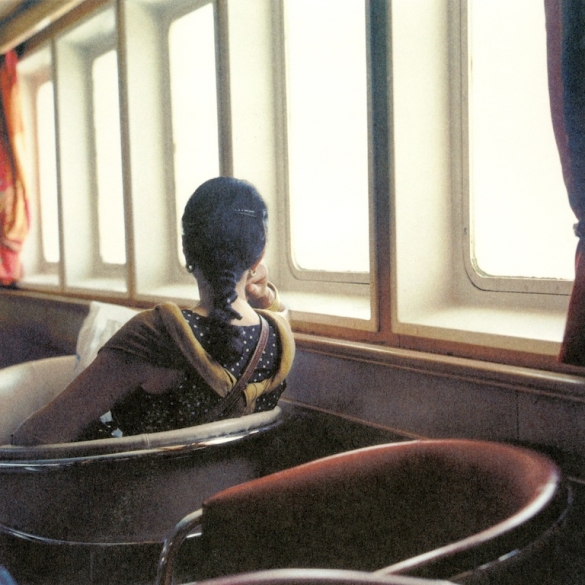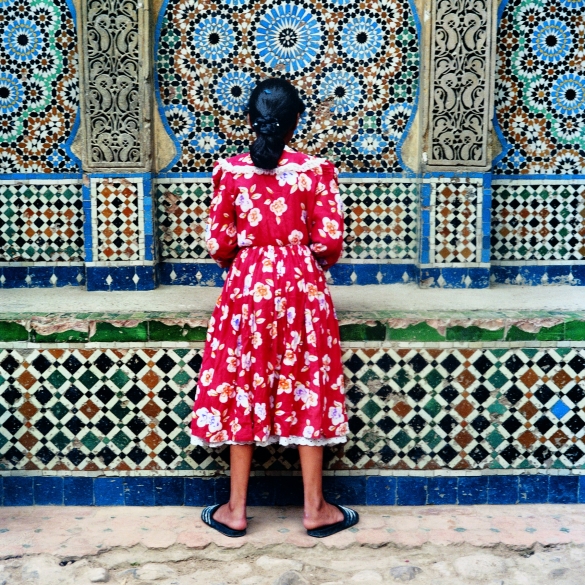The Strait Project, 1998-2003
The Strait Project
The word strait, like its French—and as chance would have it, Arabic—equivalent, combines the senses of narrowness and distress. The collapse of the colonial enterprise has left behind a complex legacy, bridging the Mediterranean and shaping how movement across the Strait of Gibraltar is managed and perceived. Before 1991 any Moroccan with a passport could travel freely to Europe. But since the European Union’s (EU) Schengen Agreement, visiting rights have become unilateral across what is now legally a one-way strait. A generation of Moroccans has grown up facing this troubled space that manages to be at once physical, symbolic, historical, and intimately personal.
Today the Strait is the main gateway for illegal immigrants, bound north with their own vocabulary, legends, songs, rites, and language. People no longer say “he migrated” but “h’reg”: “he burned”—burned his papers, his past, the law. Over the past two decades, the Spanish coast, visible from Tangier on any clear day or night, has lured many thousands of would-be émigrés to their deaths in what has become a vast Moroccan cemetery. Yet throughout Africa, the streets are abuzz with the exploits of “the burnt ones” or “the burners,” and Tangier has become the destination and jumping-off point of a thousand hopes.
I try to expose the metonymic character of the Strait through a series of images that reveal the tension that restlessly animates the streets of my hometown between its allegorical nature and immediate, harsh reality. My work attempts, in part, to exorcise the unspoken violence of other people’s departures. I, too, left Tangier for more than 10 years; by moving back I have placed myself amidst the violence of homecoming. There are no flâneurs here, and no innocent bystanders.
The subject of this work is never frankly discussed in Morocco. Yet everywhere I pursued my photographic record of northern ennui—along the “Wall of the Lazy,” in the vacant lots and housing projects, around the port—I came to recognize this fatal drive to leave that is today inscribed in a whole people.
